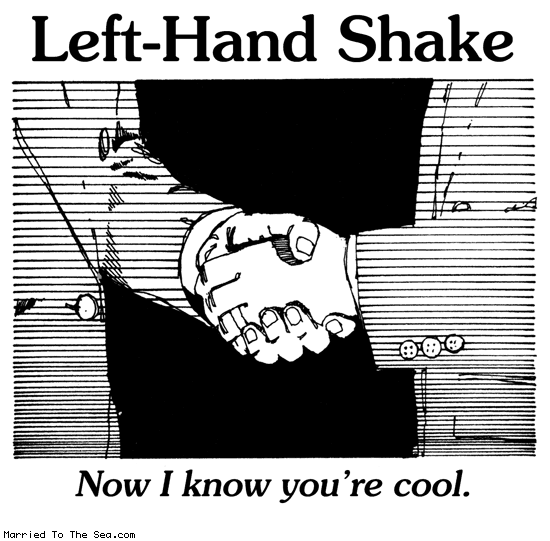I'd say that there are several elements, primarily:
- A great class
- A core group of regulars
- A good time slot
- A convenient location
- Patience
At least these are the factors that have conspired for my class. It's always been a good class -- hands-on instruction in an excellent martial art -- but it's got better as I've developed as an instructor and a core group of regulars has coalesced. This year I have been greatly aided by having Anthony assist with the large classes as well as all the colored belts. Since Jiu-jitsu is predominantly a paired activity I can't teach a hall full of beginners single-handedly: students teach each other and I demonstrate and guide. Learning this martial art teaches you how to teach one-on-one ... from day one.
The core group of regulars also means that a newcomer observing the class for the first time sees a group practicing with real skill, learning and having fun. That's appealing.
One of the factors that seems to have contributed to the growth of the class was a switch from Monday to Wednesday nights: mid-week nights seem to draw a bigger group than Friday or Monday evenings in my experience.
We're situated across the road from a major railway station, making the class easy to get to and increasing the catchment area.
Also, it's taken quite a few years for the club to achieve "critical mass". In the early days sometimes I'd get just one student (or even none), but I was encouraged to persist by my own instructors through leaner times.
* * *
The big classes are great because there's a buzz and energy that you get from a packed mat.
At the same time it's been nice to have some smaller classes from time-to-time, where we have room to do stand-up randori, practice sutemis, and in which I get to spend more one-on-one time with everyone.
Finally, I don't measure success purely in quantity, but in the quality of experience and the learning that takes place. There's such a thing as too big as well as too small a class.
























